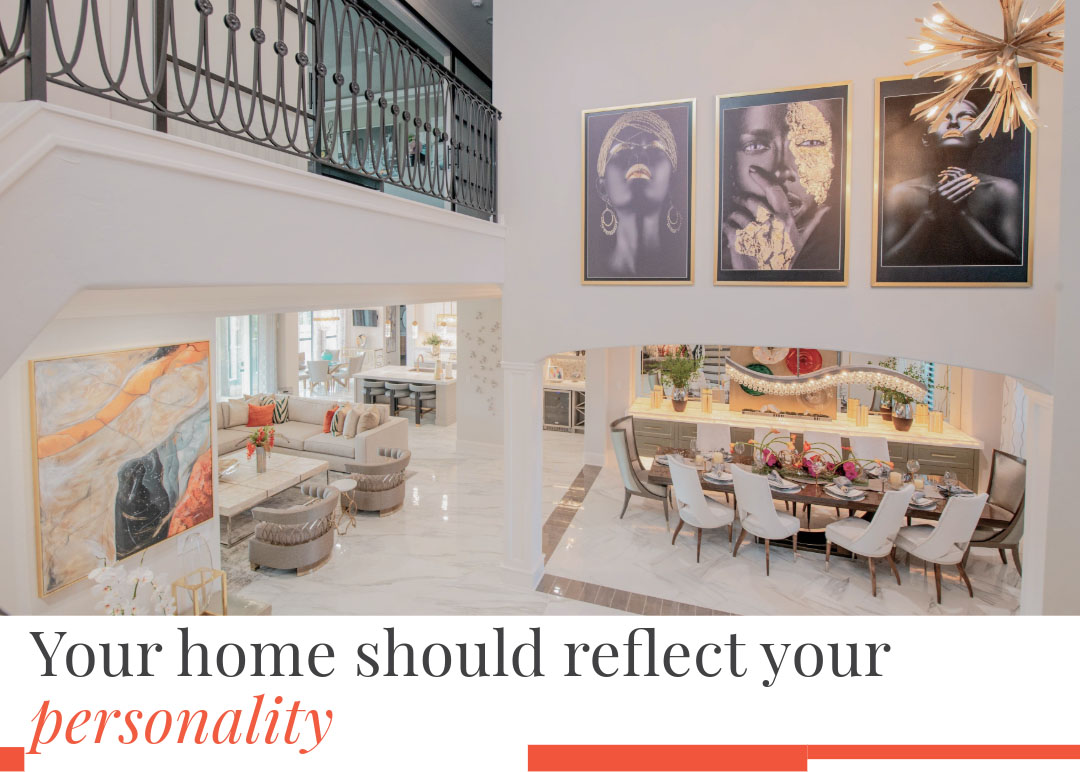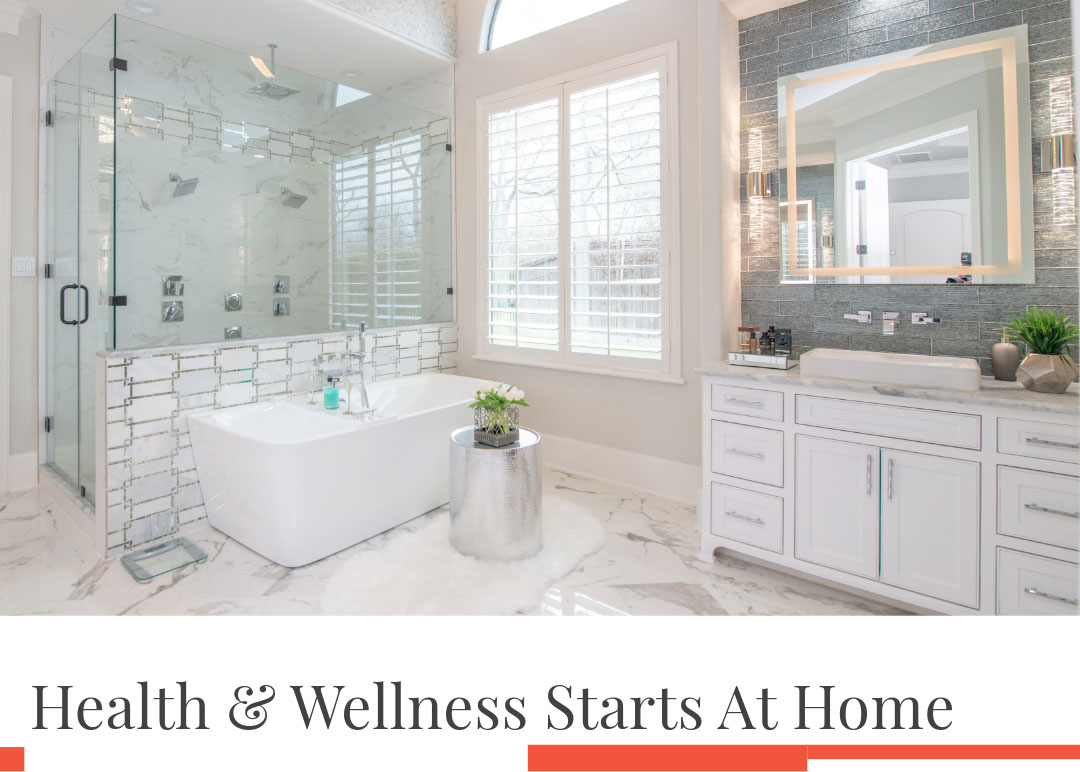
Design a Life You Love: How Interior Design Supports Your Wellness Journey
Wellness isn’t just about green smoothies and meditation apps anymore. It’s about how we live, breathe, and recharge in our everyday spaces. And guess what? Interior design plays a much bigger role in that than most people realize.
When we think about wellness, we usually think about what we put in our bodies or how often we exercise. But our surroundings — the places we spend the majority of our time —have a massive influence on our mood, our energy, and even our health. A well-designed home or workspace doesn’t just look good; it feels good. It supports you, lifts you up, and gives you a soft place to land when life or work gets hectic.
I’m excited to help more and more of my clients to experience design that improves their living and work environment. I’m glad people are catching on to Wellness in interior design.
Let’s explore how thoughtful design choices can make a real impact on your wellness —inside and out:
The Role of Wellness-Centered Interiors In Supporting Emotional Balance
The way a space is arranged, lit, and colored can either soothe your nerves or spike your stress. (We’ve all walked into a cluttered, fluorescent-lit room and immediately wanted to run, right?)
Soft, natural colors, cozy textures, intentional furniture layouts, and calming lighting can help regulate emotions, promote relaxation, and create a sense of safety and ease. Good design gives you room to breathe, literally and figuratively.
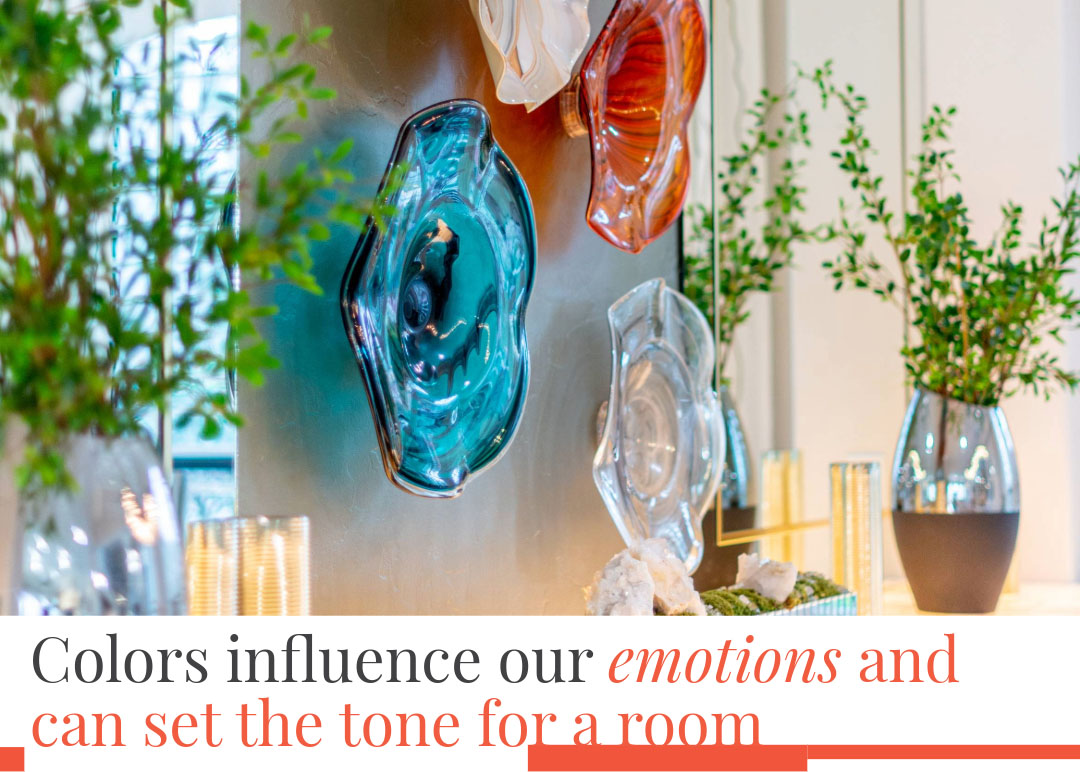
Interior Design Strategies To Sync Your Body’s Natural Rhythms
Our bodies thrive when we live in tune with nature’s cycles—especially light. A space that honors the rhythms of day and night by maximizing natural light during the day and softening it at night helps regulate your sleep, your mood, and your energy levels. Natural light enhances mood by boosting serotonin levels and regulating sleep cycles. To support your circadian rhythms, allowing ample daylight throughout the day is essential.
Think large windows, sheer curtains, and strategically placed mirrors to maximize daylight exposure. Smart lighting systems can also aid in transitioning from bright, cool tones in the morning to softer, warmer lighting at night. Proper ventilation and indoor plants also help create a refreshing and stress-free atmosphere.
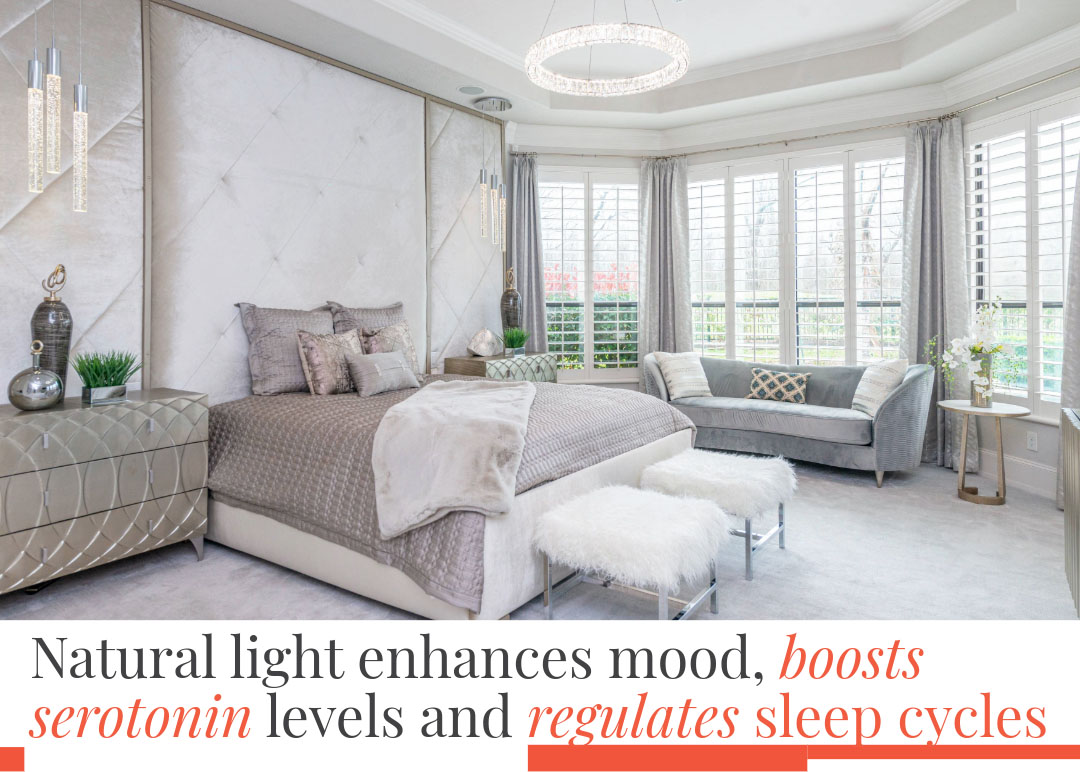
Wellness-Inspired Restorative Interiors
We all need a place to reset, somewhere that signals to your brain: it’s okay to relax now. Whether it’s a cozy reading nook, a spa-like bathroom, or a perfectly curated corner with your favorite chair and a cup of tea, restorative spaces are essential for mental health.
Designing dedicated spots for stillness, reflection, and creativity can do more for your well-being than you might think. It’s about carving out micro-moments of peace in a busy world.
Prioritizing Clean Air and Natural Materials For Wellness At Home
Wellness design starts at a very basic level: the air you breathe and the surfaces you touch.
Indoor air quality has a massive impact on your overall health, yet it’s something most people don’t think about until there’s a problem. The reality is, indoor air can be two to five times more polluted than outdoor air, thanks to off gassing from synthetic materials, everyday dust, cleaning products, and even poorly ventilated spaces.
Designing for wellness means getting ahead of that. Simple decisions like choosing low-VOC (volatile organic compound) paints, using natural fiber rugs instead of synthetics, and incorporating air-purifying plants like snake plants or peace lilies can make a big difference. Bonus: plants pull double duty. Cleaning the air and making your space feel alive and welcoming. Natural materials like wood, linen, wool, and stone ground you in nature, creating a healthier, more sensory-rich environment that feels good to be in.
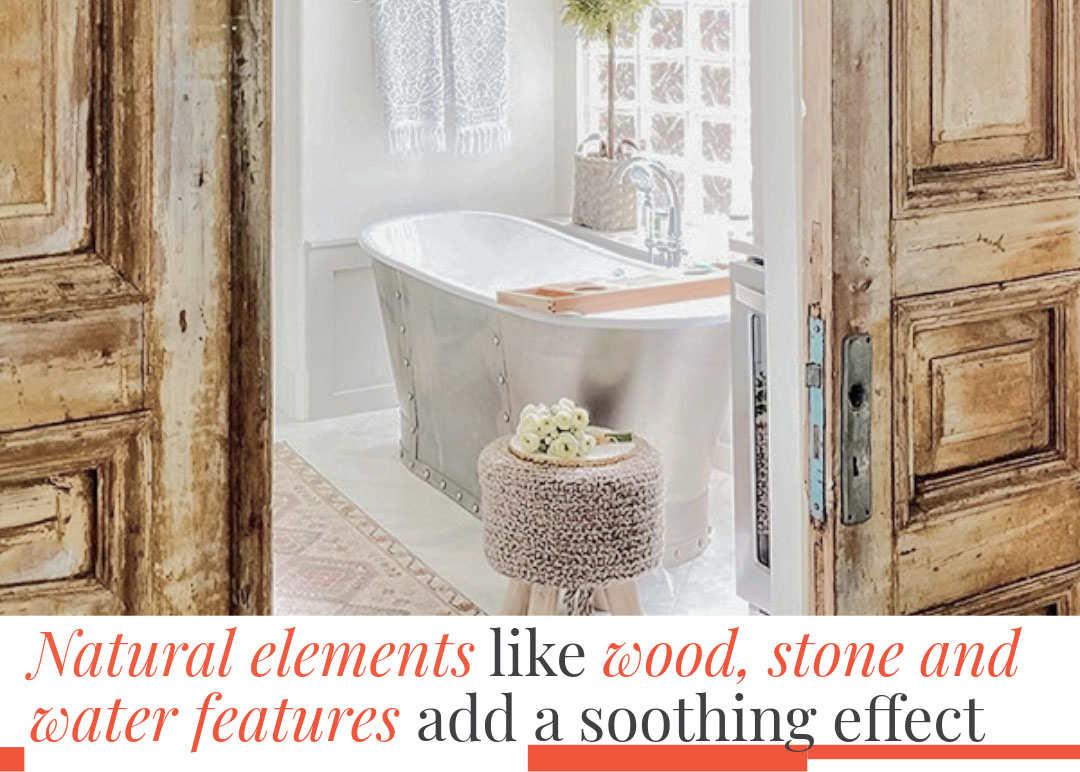
Reducing Clutter, Reducing Stress For Mental Wellness
There’s a direct line between a cluttered home and a cluttered mind. Clutter can impair our ability to concentrate and process information. Clutter doesn’t just affect our cognitive functions; it also impacts our emotional health. Research indicates that cluttered environments can elevate cortisol levels, the body’s primary stress hormone and excessive clutter can contribute to feelings of depression and a sense of being overwhelmed.
Designing smart storage, using space intentionally, and keeping visual noise to a minimum helps lower anxiety, boost focus, and make everyday living feel more manageable. It’s not about minimalism for the sake of style—it’s about clarity and breathing room for your mind.

Final Thoughts For A Wellness-focused Home
Wellness-focused design isn’t about following trends—it’s about asking better questions:
-
- How do I want to feel when I walk into this space?
-
- What do my mind and body need more of?
-
- How can my environment support the life I actually want to live?
When we design with intention, we’re not just making our homes prettier, we’re making our lives healthier, richer, and more connected to what really matters.
True wellness doesn’t stop at the yoga mat or the juice bar. It lives in the everyday moments, inside the walls where we LIVE, WORK AND PLAY
